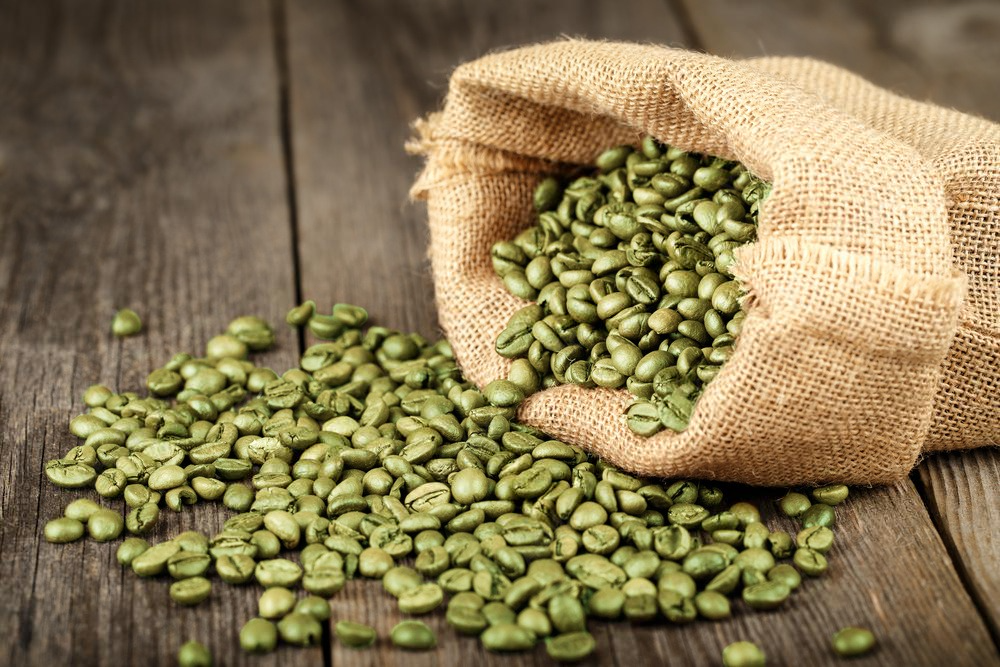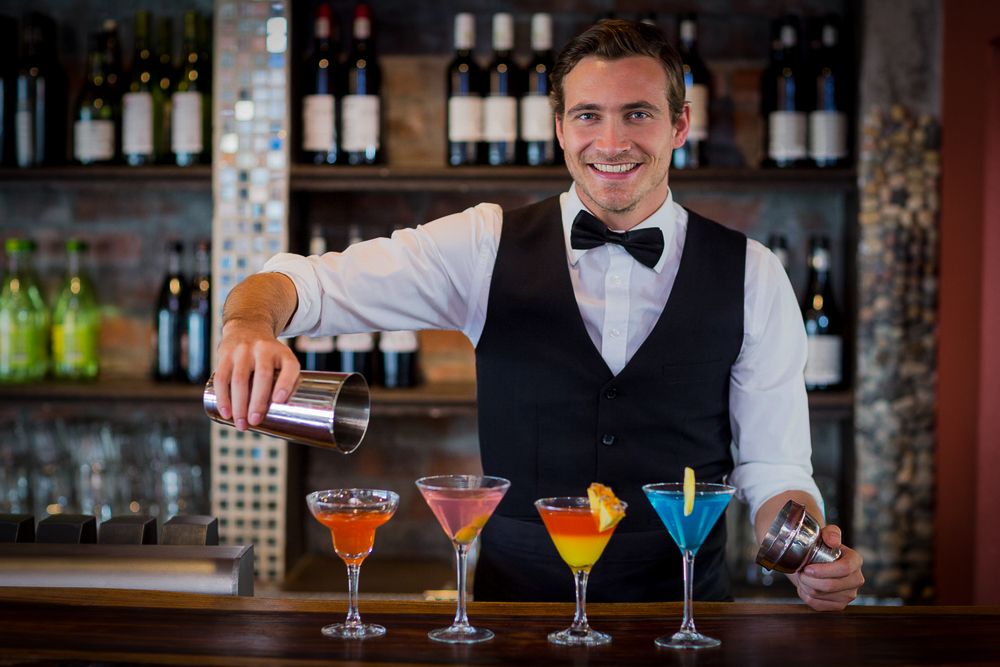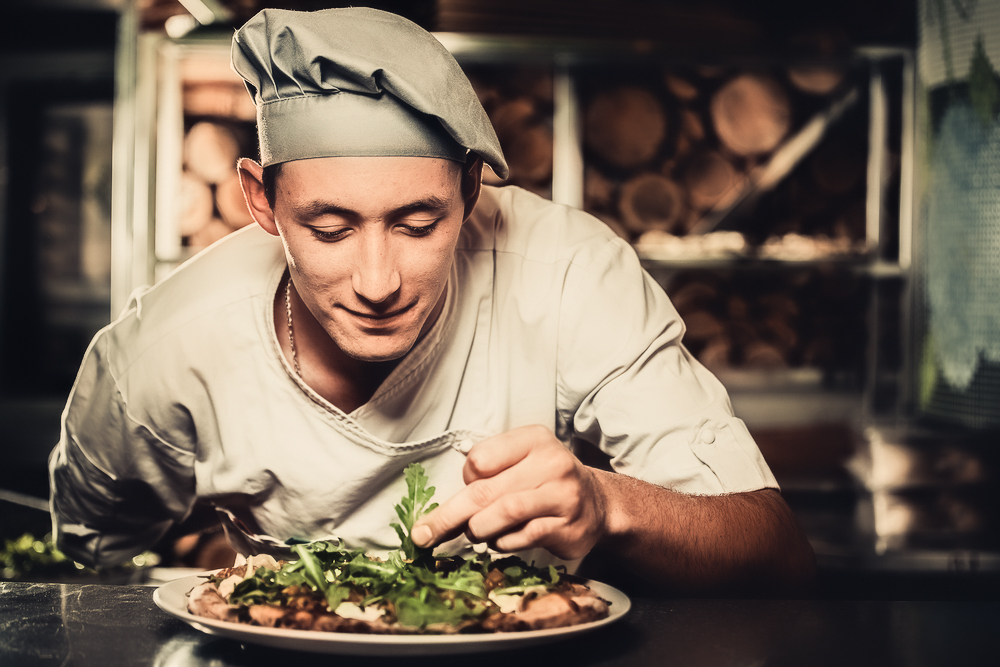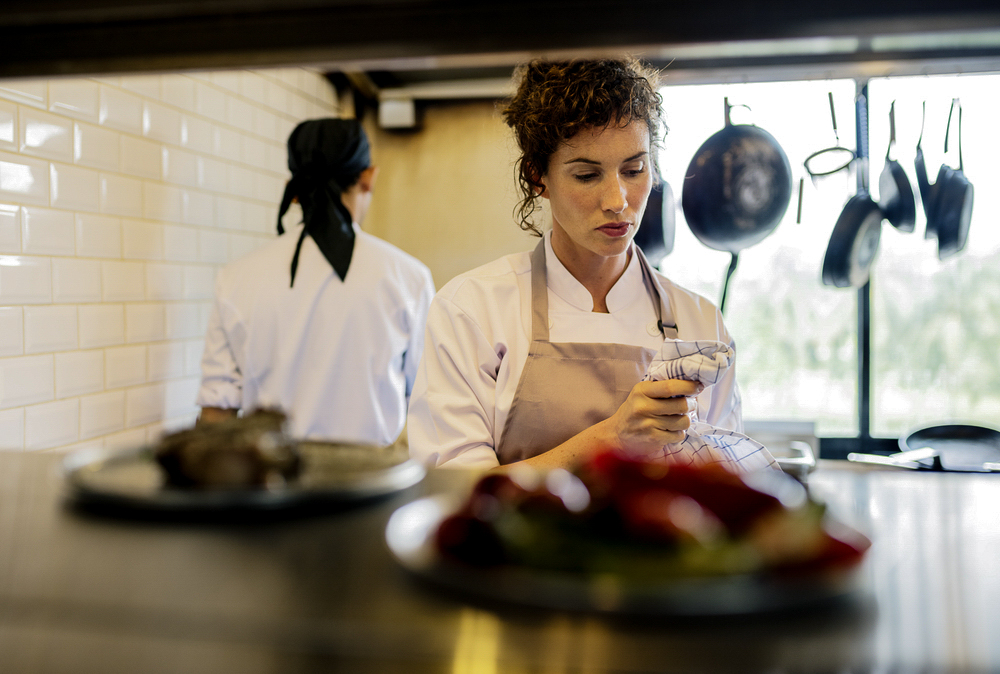
Be honest, why do you keep coming back to the same coffee place? It’s certainly not because it’s close. It’s because the coffee always tastes right – balanced, smooth, and somehow better than what you can pour at home. What’s behind that consistency and depth of flavour? It’s the kind of cup that makes you start asking questions – about where the flavour comes from, how the beans were treated, and what steps the barista takes to make it consistently that good.
That curiosity draws many students to our barista workshop, the Coffee Appreciation course at Coffee School. It’s designed for anyone who wants to move past guesswork and understand how coffee is made – from how it’s grown and processed to how it’s roasted and brewed. This isn’t just theory. This course provides the essential, hands-on foundation for anyone serious about making great-tasting coffee, whether at home, in a café, or on their way to a professional role.
Where do coffee beans come from?
Coffee grows best in warm, high-altitude regions near the equator and begins as a fruit – a cherry-like berry that grows in clusters on trees. Inside each cherry are the two seeds we know as coffee beans. Once harvested, these seeds go through a process that removes the fruit and reveals the green bean.
There are two main ways this is done:
- Dry processing, where whole cherries are sun-dried before being hulled.
- Wet processing uses fermentation and washing to remove the outer layers more precisely.
Each method shapes the final cup. Dry-processed beans are often more full-bodied and fruity, while washed ones tend to be cleaner and more acidic. Australia commonly sources beans from Brazil, Colombia and Indonesia – three regions that consistently deliver quality and variety, from smooth chocolate notes to vibrant fruit and spice. At Coffee School, we help students recognise how origin and processing styles can influence the ideal roast and brew style.

What goes on during the coffee roasting process?
Green coffee beans have a grassy, dense aroma that’s nothing like the familiar scent of brewed coffee. Their true character is revealed through roasting, where exposure to high heat—about 200°C—in a drum or air roaster transforms them. This process caramelises sugars, breaks down acids, and draws aromatic oils to the surface, unlocking the rich flavours we associate with coffee.
Different roast levels bring different characteristics:
- Light roasts tend to preserve acidity and delicate notes
- Medium roasts create balance with mild sweetness and aroma
- Dark roasts highlight bitterness and low acidity, with a heavier body
Roasting is a controlled transformation. That’s why our barista workshop covers different roast profiles – not just to taste but to understand what’s happening inside the bean.
Why roast and brew need to work together
Pair the wrong roast with the wrong brew method, and flavour suffers. A light roast used for espresso might taste too sharp. A dark roast in a pour-over could feel flat or overly bitter.
Learning how coffee is made means knowing how roast and brew methods interact. That’s a core part of Coffee School’s accredited Barista training – because flavour depends on more than what you do at the machine.
Curious about roasting? Enrol in a barista workshop at Coffee School and discover how it works, what to look for in a well-developed roast, and common pitfalls to avoid.
Does the brewing technique change the flavour?
Absolutely. Even with the same beans and roast, the brewing style can shift flavour dramatically. Water temperature, grind size, brew time – these small choices impact the result.
At Coffee School, you’ll brew the same coffee in different ways. The hands-on comparison is eye-opening. What tastes syrupy in espresso can taste floral as a pour-over.
However, understanding extraction is key. Over-extracted coffee can taste bitter or hollow. Under-extracted coffee may taste sour or weak. That’s where the method matters as much as the bean, as recent research published in Scientific Reports has shown that different brewing techniques can significantly affect caffeine levels and antioxidant content in coffee. (Scientific Reports, 2021)
Where can a barista workshop take you?
Even with what you thought were the right beans, it might not be your technique if you’re still getting bitterness where you expected sweetness – or body when you were after clarity. It could be what happened long before brewing.
A great cup isn’t just the result of a good brew. It reflects the full journey of the bean – from origin to roast to method – and your ability to work with it at every step. That foundation starts with the Coffee Appreciation course.
Learning how coffee is made doesn’t just answer a few lingering questions – it sets you up for better flavour, technique, and understanding of what’s in your cup.
For more details or to book your spot in our next barista workshop, visit coffeeschool.com.au or call us on 03 9017 5440.



